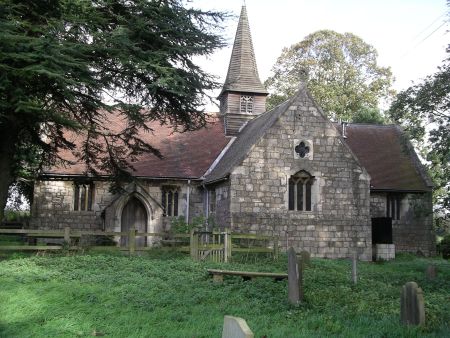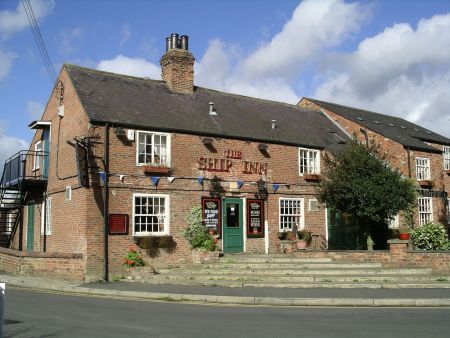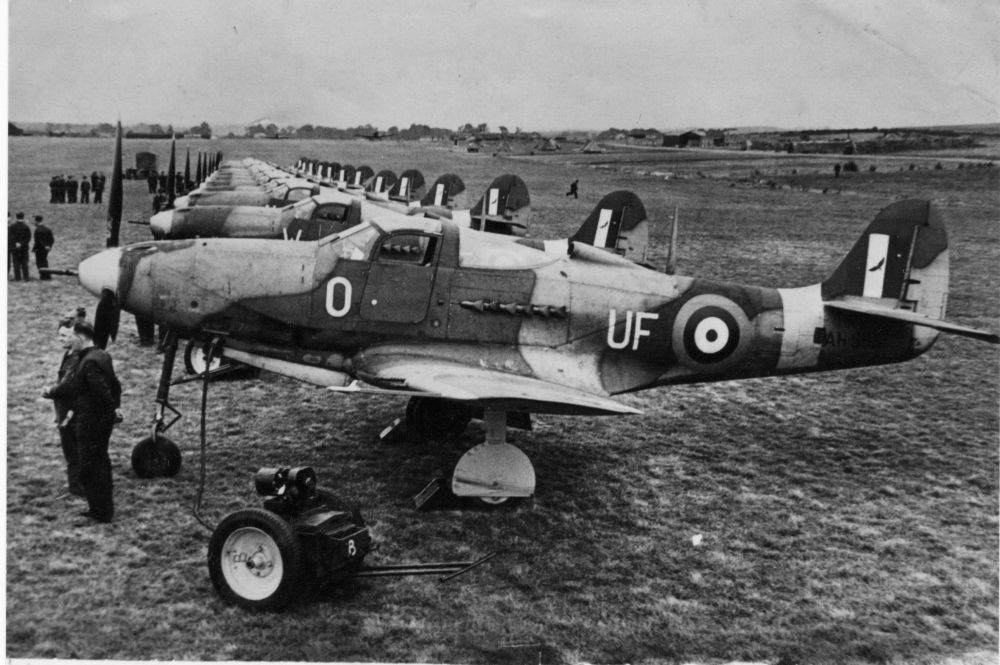53.902219442147, -1.1041751048114
Acaster Malbis covers an area of c 1800 acres (c 730ha) on the western bank of the River Ouse and it has an interesting history. The name Acaster means the camp by the river, which some say refers to a Roman camp, although no evidence has been found for it. The suffix Malbis was added probably in the 13th century, by which time that family had become the owners. While finds from the Mesolithic and Neolithic have been found, and a number of Roman coins, the first written record is when the village appears in Domesday in 1086. Then there were four carucates of taxable land, land for two ploughs and three villagers and the village was held by Robert Malet, son of William Malet, King William’s commander in the north. By the 14th century it was a proper village, with a total of 44 people paying the Poll Tax of 1379.
The story of land ownership in Acaster, and the relationship between the Malet, Malbis and Fairfax families, is immensely complicated, so in summary: the Malet family was granted the village after the Conquest and it passed into the hands of William Malebisse in the mid-12th century. William married Emma de Percy, whose dowry included lands in Acaster. William was succeeded by his son Richard, the notorious ‘mala bestia’ who was involved in the Jewish Massacre in Clifford’s Tower in 1190. Eventually, in the late 14th century, the village passes into the hands of the Fairfax family, where it remains until 1755 when Charles, Viscount Fairfax sells the whole estate to raise the money to build Fairfax House in Castlegate, York. It was purchased by Lady Sarah Dawes, widow of Bielby Thompson of Escrick, and it remained in her family until 1898, when it was finally broken up and sold as separate farms. The fact that the estate remained intact for over 800 years, with only three families owning it, may account for the survival of various features.
While there is no mention of a church at Acaster in Domesday, there probably was a small chapel from at least the mid-12th century and there are some Norman features; it appears in taxation records of the 1290s. The present church of the Holy Trinity dates from the early 14th century and may have been built to house the tomb of Sir John de Malbysse, who died in 1316. The unusual dedication, and its location, may reflect the fact that it served not only Acaster but also Naburn, across the river, and possibly Bishopthorpe before the Archbishop came to live there. In 1732, the then vicar paid for the construction of a new vicarage which survives today along what is known as ‘Cobbler’s Trod’, at one time the main village street. The vicarage was later to become a pub and then the village shop. A Methodist chapel opened on Mill Lane in 1880.
In 1763, Lady Sarah paid for an estate map to be made which provides a wonderful picture of the village in the late 18th century. This shows clearly the survival of the medieval strips on the Ings land at both ends of the village. The ings are still held in common by the farmers, with each having their own strips.
In 1603, John Knowles, formerly of Acaster Malbis, left £100 in his will to be used to employ a schoolmaster to educate the children of the parish. The original school, which was situated on Mill Lane, was replaced in 1876 by a charity school; this finally closed in 1947. The money had been invested wisely and the John Knowles Education Foundation still exists today and makes grants to children and students to support their education.
While the main occupation for the villagers of Acaster was farming, salmon and lamprey fishing was also an important business, and in the 1920s there was a brickyard on what is now the housing development known as Lakeside. Among the more unusual crops grown was peppermint, the still for which survives outside the Memorial Hall.
Acaster Malbis Memorial Hall was built in 1927 to provide a permanent memorial to the men of the village who died in the First World War but one that would also serve the community. The hall is an independent charity run by trustees and is a popular venue for parties, meetings and classes.
The Ship Inn is a popular riverside pub; these days it does a good trade from tourists and pleasure craft but at one time its principal business would have been the bargees on the many boats that travelled up and down the Ouse.
Acaster Malbis is well-known for its caravan sites, and indeed it has some of the earliest sites recorded in Yorkshire, if not the country. The first was at Mount Pleasant Farm at the southern end of the village, adjacent to the airfield.
In 1940, the government requisitioned three farms in order to create an airfield on land at the southern end of the village. While it was an extensive site, with hundreds of personnel, it was never very successful as it was frequently fog-bound. Numerous military buildings can still be seen around the airfield site.
While the residents today work in a variety of occupations, many commuting to Leeds as well as into York, the village still has several working farms.



